China's first domestically produced high-voltage radiation-resistant silicon carbide (SiC) power device has completed space validation and in-orbit application in power systems. Compared with space power modules using traditional silicon-based power devices, the efficiency of space power modules using SiC increased to 95 percent from 85 percent, and the power-to-volume ratio improved by five times, Global Times has learned from the developers on Thursday.
The SiC payload, jointly developed by the Institute of Microelectronics of the Chinese Academy of Sciences (CAS) and the Technology and Engineering Center for Space Utilization of the CAS, was launched aboard the Tianzhou-8 cargo spacecraft on November 15, 2024, beginning its in-orbit scientific experiment journey in the China Space Station.
Power devices are the core components for electric energy conversion and control, often referred to as the heart of power electronics systems. They are among the most fundamental and widely used components. As the performance of silicon-based power devices approaches their limits, third-generation semiconductor materials represented by SiC offer unique advantages such as wide bandgap and high breakdown field strength, significantly improving the power and conversion efficiency of power systems, developers told the Global Times.
After more than a month of in-orbit power-on testing, the SiC payload's test data was normal. The high-voltage 400V SiC power device has successfully completed in-orbit testing and application verification, with both static and dynamic parameters in the power system meeting expectations.
In the future, SiC power devices will drive the upgrade of space power systems, providing a new-generation power devices for China's lunar exploration, manned lunar landing, deep space exploration and other missions, the developers said.















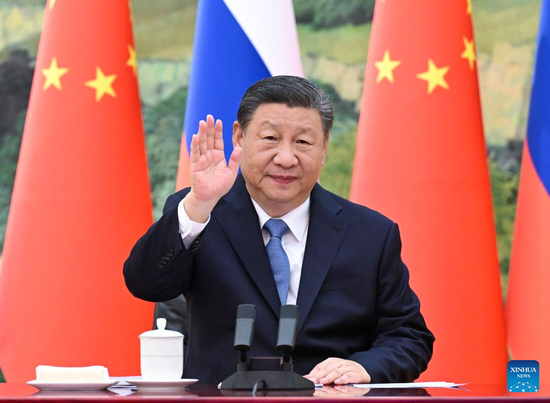
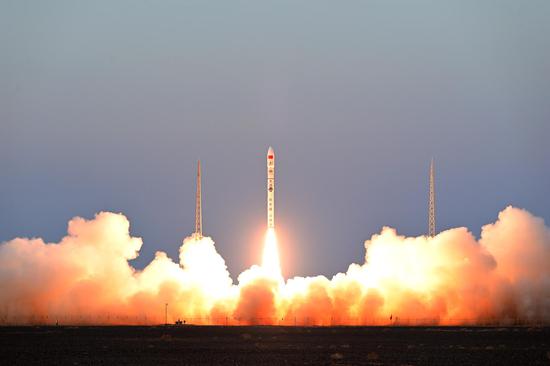








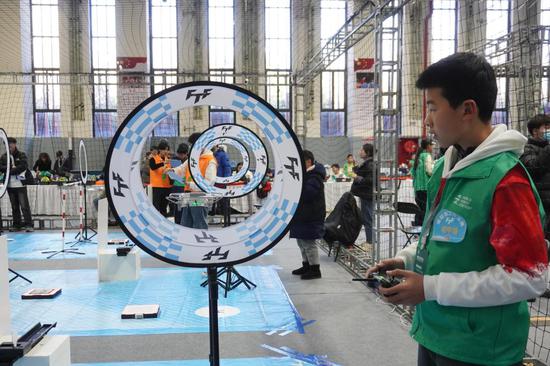


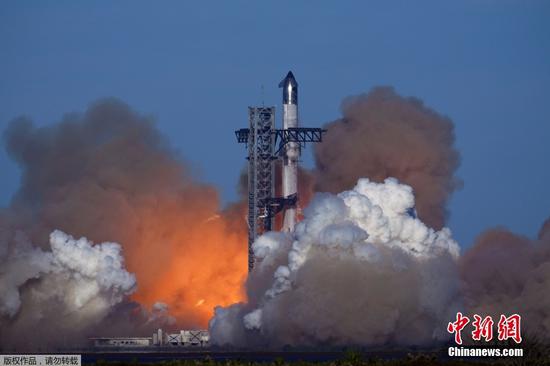

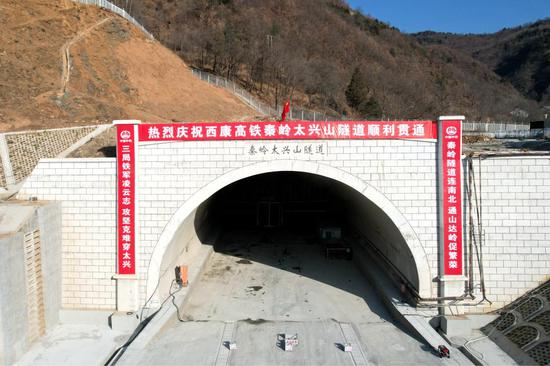


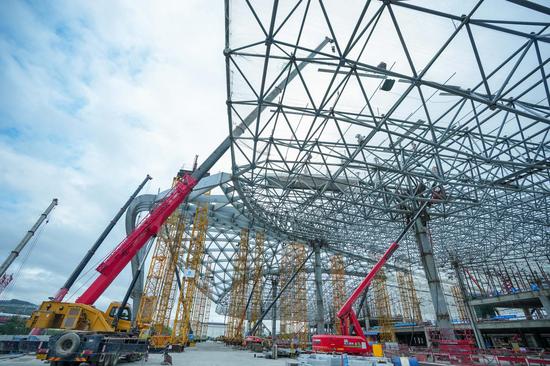





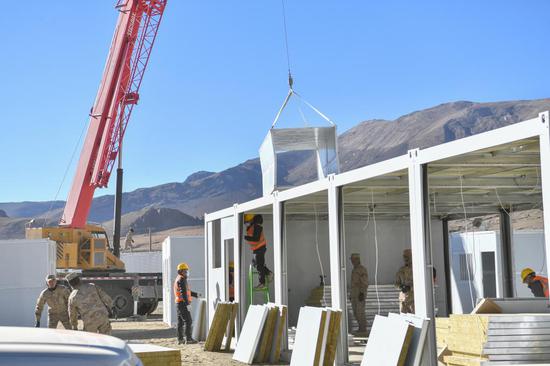










 京公网安备 11010202009201号
京公网安备 11010202009201号